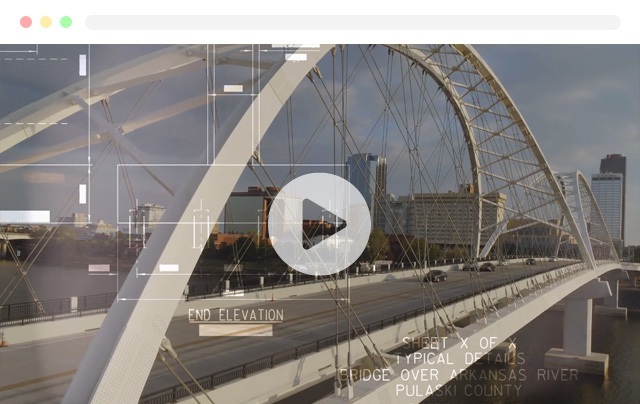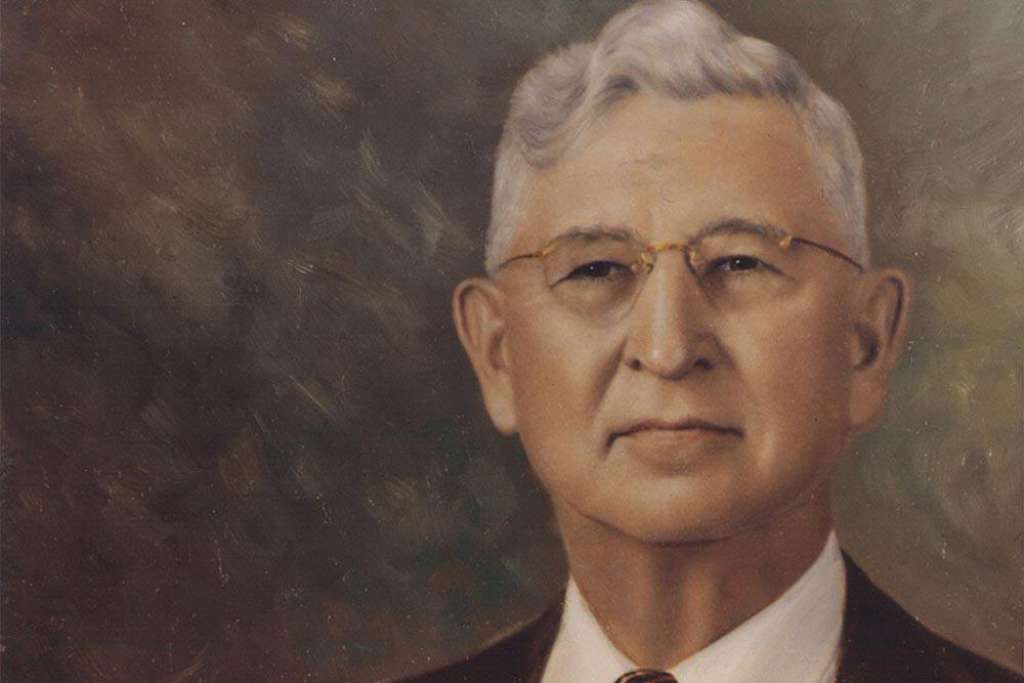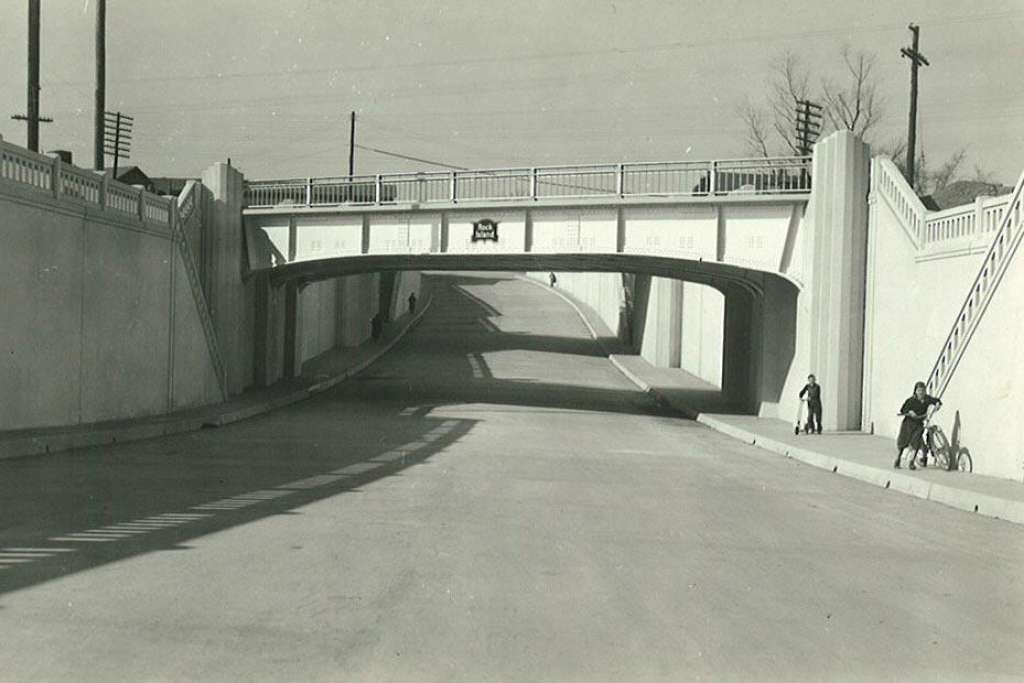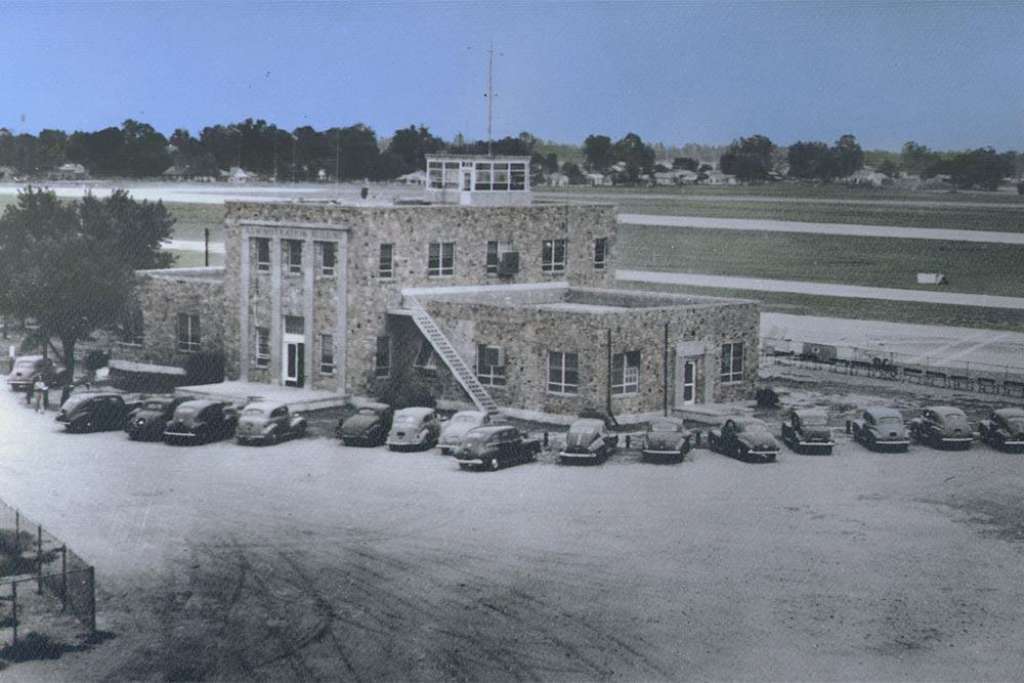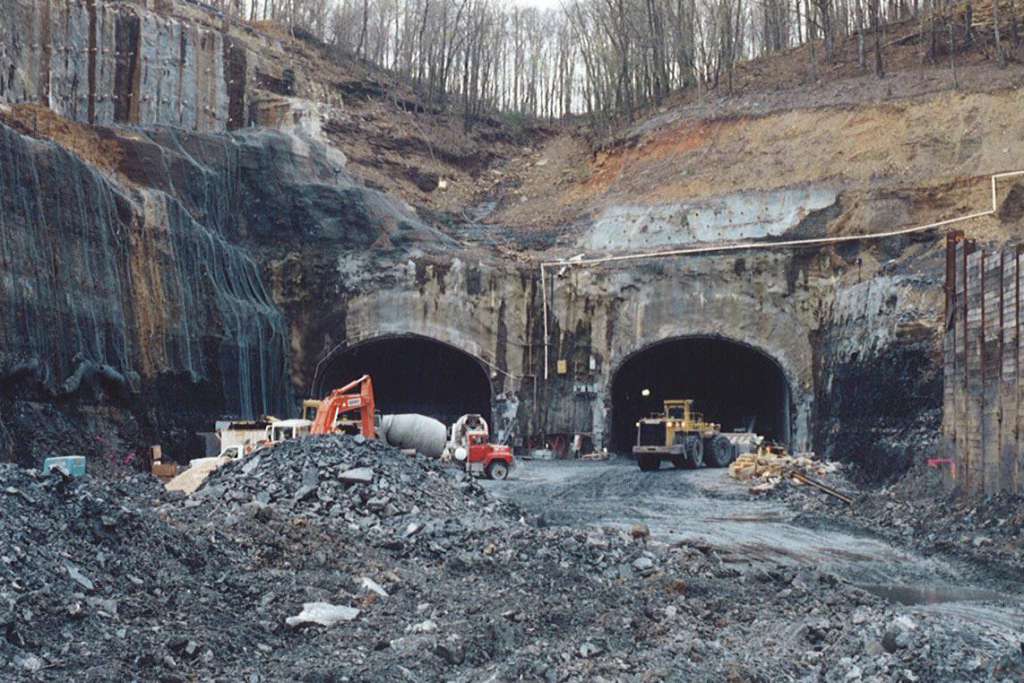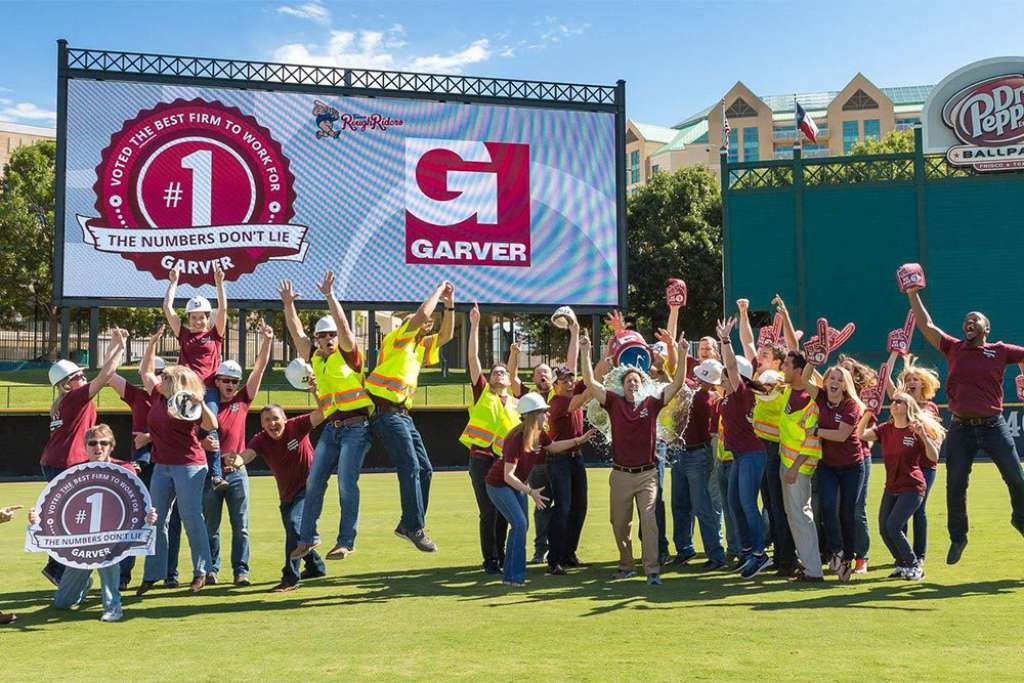The Beginning
The Garver story begins in the summer of 1918, with the country at war and a college professor volunteering to do his part. Neal Garver, a structural engineering professor at the University of Illinois at Urbana-Champaign, arrived in Little Rock, Arkansas to assist with the construction of a picric acid plant. The war ended before construction was completed, but sensing a need for qualified engineers in the state, Garver stayed. In 1919, he opened a one-person consulting firm in downtown Little Rock, which laid the foundation for immeasurable impact in the decades to follow.
